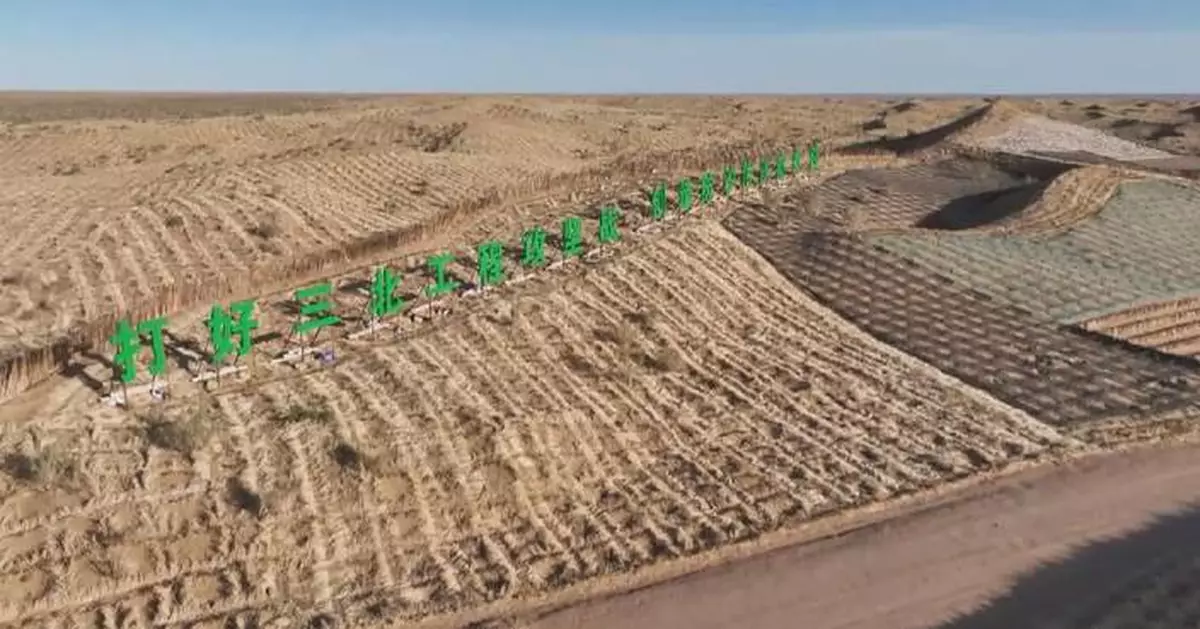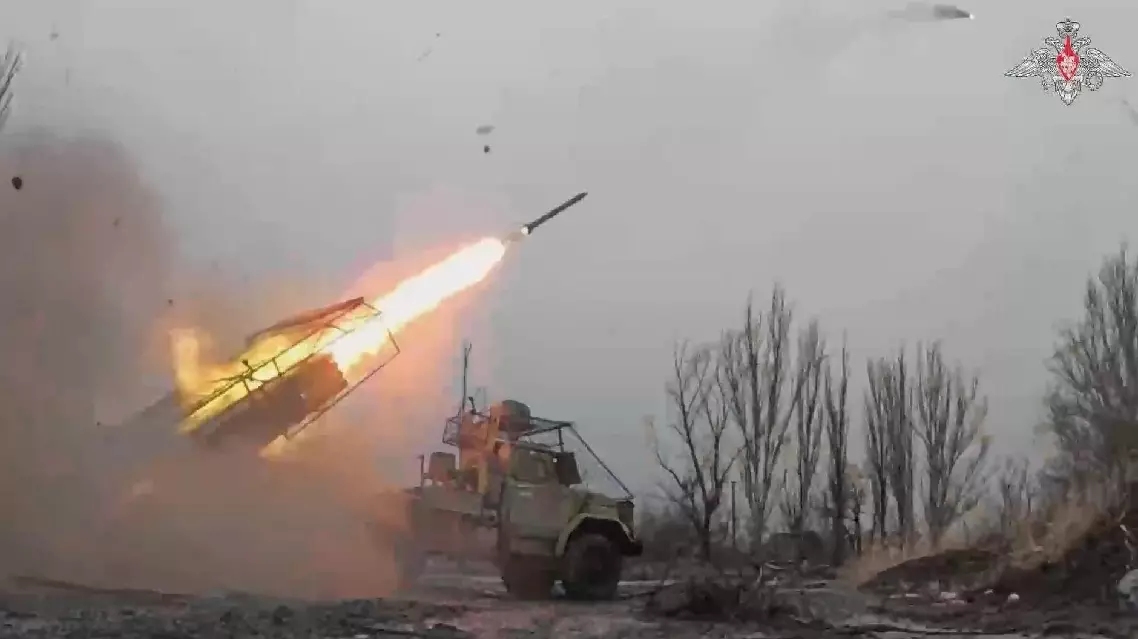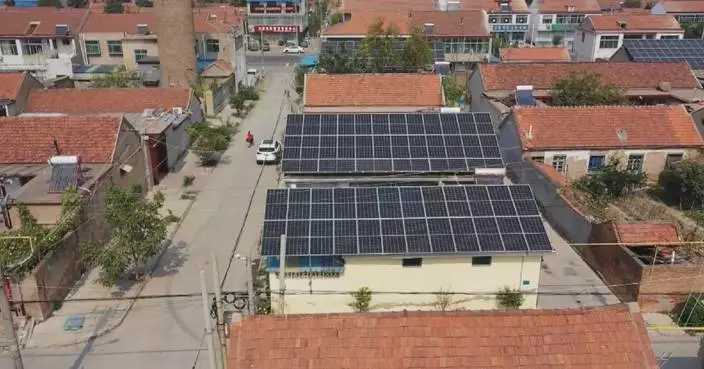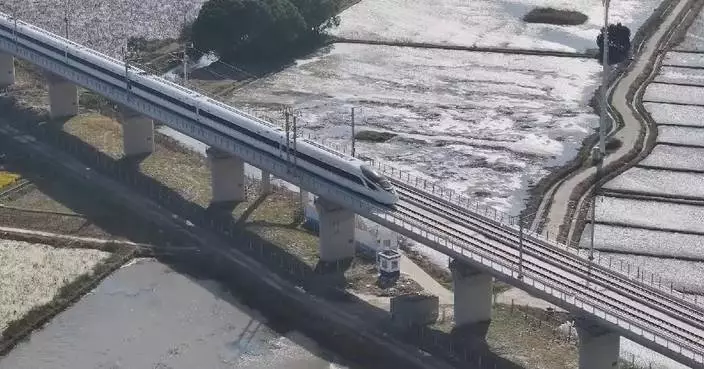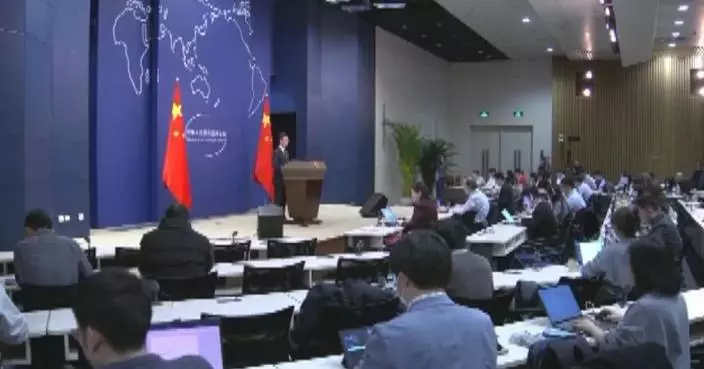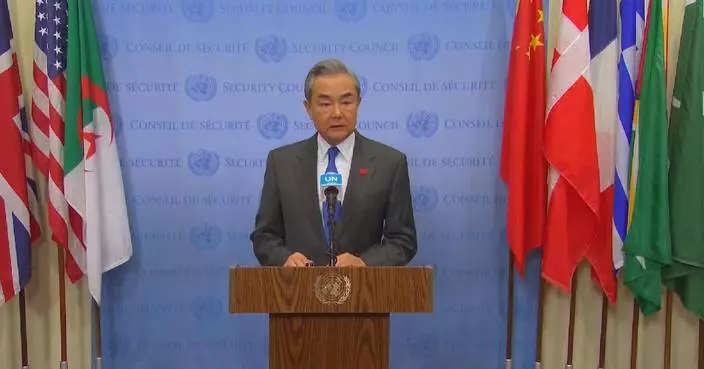China has made solid progress in advancing the Three-North Shelterbelt Forest Program (TSFP), the world's largest afforestation project, to build an ecological security barrier in its northern regions.
Desertification, a pressing ecological challenge impacting vast stretches of China, has long been a focal point for the country's development and has received full commitment from the country's environmental policymakers.
Launched in 1978 and scheduled to be completed in 2050, the TSFP aims to rehabilitate desert-prone lands and desertified areas in northwest, north and northeast China, hence the name "Three-North."
Chinese President Xi Jinping, also general secretary of the Communist Party of China (CPC) Central Committee, has attached great importance to the building of the ecological security barrier in northern China and has visited areas under the TSFP several times.
During an inspection tour in north China's Inner Mongolia Autonomous Region on June 6 last year, Xi highlighted that the period from 2021 to 2030 is significant for consolidating and expanding the achievements of preventing and controlling desertification. He urged the country to spend the decade building the TSFP into a fully functional and unbreakable green Great Wall and ecological security barrier in northern China.
To better implement the program for combating desertification, China set up a national-level coordination mechanism, and announced a special fund worth 12 billion yuan (about 1.69 billion U.S. dollars) from this year's central budget to provide financial support for the TSFP.
Inner Mongolia has proposed a comprehensive treatment plan for about 1.2 million hectares of sandy land this year. Hebei Province in northern China has set a target of afforesting 400,000 hectares while restoring 33,000 hectares of degraded grasslands. Meanwhile, Gansu Province in northwest China aims to complete afforestation and grass planting on 630,000 hectares of sandy land this year.
China is also taking advantage of advanced technologies, including unmanned aerial vehicles (UAVs), ground-based radar and big data, to monitor and analyze man-made forests regenerated under the TSFP.
"We've placed sensors that are able to promote sand prevention and monitor sandstorms, so that we can get to know what brings about the dust, how it moves, and where it finally lands. These sensors provide us with excellent basic data for sand prevention and desertification control," said Zhu Jiaojun, an academician at the Chinese Academy of Engineering.
China has expanded its afforestation area by 32 million hectares under the TSFP. The forest coverage rate in the areas under the program increased from 5.05 percent in 1978 to 13.84 percent in 2023.
By 2050, the afforestation area under the TSFP is projected to encompass over 4 million square kilometers across 13 provincial-level regions in China, accounting for 42.4 percent of the country's entire landmass.
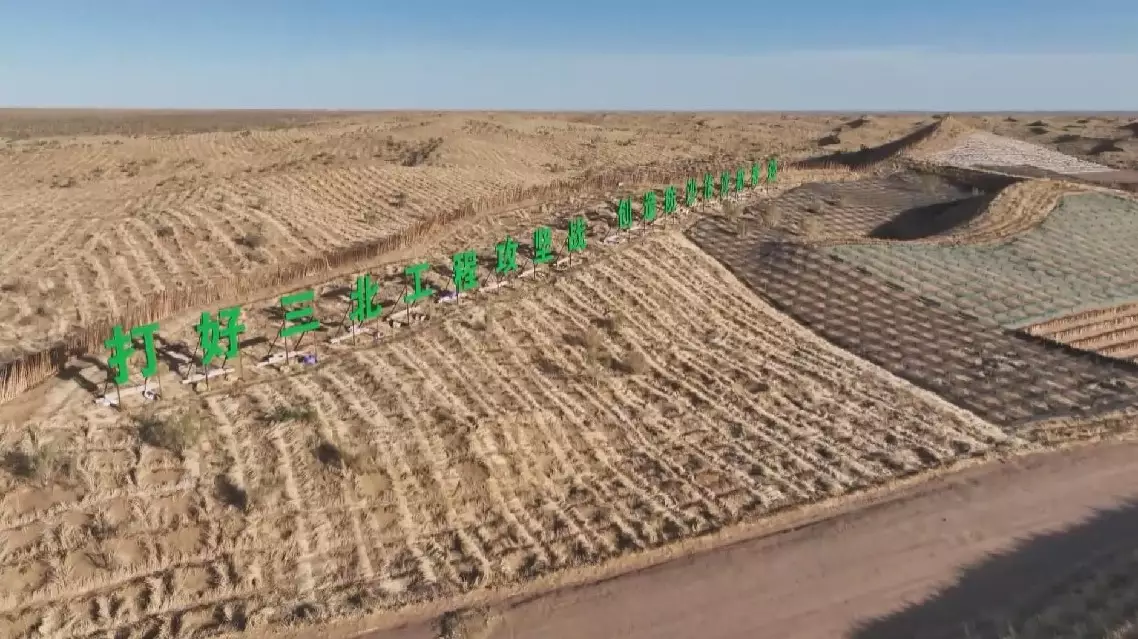
China creates ecological security barrier with Three-North Shelterbelt afforestation project


